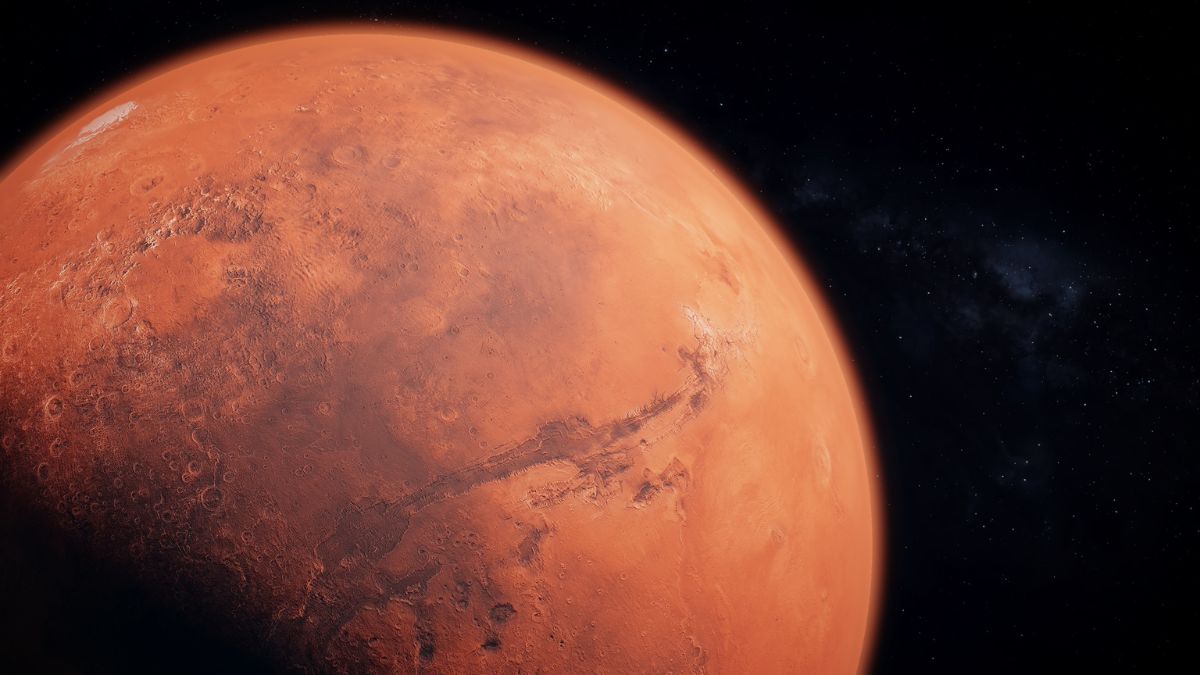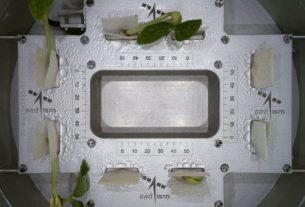
New research based on data from NASA’s InSight mission has uncovered a vast underground reservoir on Mars, capable of filling oceans on the planet’s surface. The study, published in Proceedings of the National Academy of Sciences, reveals that water, trapped in small cracks and pores within Mars’ crust, could cover the planet to a depth of 1 mile (1.6 kilometres).
The InSight mission operated from 2018 to 2022 and used a seismometer to probe Mars’ interior. This data indicates the reservoir lies between 7 and 12 miles (11.5 and 20 kilometres) beneath the Martian surface. Such a discovery provides a deeper understanding of Mars’ geological history and opens up new possibilities for exploration. The data suggests that if future missions could access this water, it might reveal crucial details about the planet’s past climate and its potential to support life.
Mars has long fascinated scientists because of its history of water. Evidence from previous missions points to ancient lakes, river channels, and deltas, suggesting that Mars was once a much wetter environment. However, the planet lost its atmosphere more than 3 billion years ago, leading to a significant drop in surface water. While some water remains trapped as ice at the polar caps, this does not account for all the planet’s “lost” water. The new findings suggest that much of it might have filtered into the Martian crust and is now stored in this deep reservoir.
The challenge of accessing this water is significant. Drilling to such depths on Mars would require substantial resources and advanced technology. Nonetheless, this discovery offers a new avenue for research and exploration. The presence of liquid water at these depths raises intriguing questions about Mars’ potential to harbour life, past or present. Understanding this reservoir could help scientists learn more about the Martian water cycle and its implications for the planet’s habitability.
Overall, the discovery of this underground water reservoir marks a significant advancement in our understanding of Mars. As we continue to explore the planet, this finding will play a crucial role in shaping future missions and research into the history and potential of Mars.

